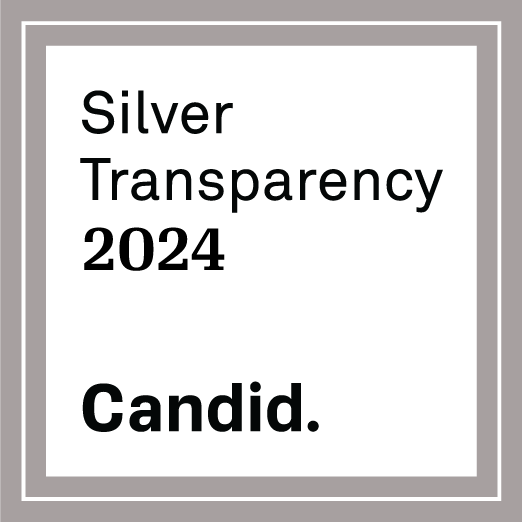Toxic Chemical Hazards

Experts estimate that about 50,000 chemicals are used in U.S. consumer products and industrial processes. Why the uncertainty? The 1976 Toxic Substances Control Act does not require chemicals to be registered or proven safe before use. This ignorant use of chemicals is an outcome of our U.S. government's policy, which considers chemicals "innocent until proven guilty." In other words, industry can keep using a potentially toxic chemical and releasing it into the environment, until our governments have "adequate" scientific proof of harm from the chemical. The interpretation of adequacy is often attacked by corporate lobbyists; therefore many multiple studies are required. It can take years of study (and millions of taxpayers' research dollars) to develop this proof, and several more years for the agencies to negotiate new regulations, but by then serious damage may have already happened.
Many problems with toxic environmental contamination derive from this lax policy. This must change.
European Leadership
The Strategic Approach to International Chemicals Management (SAICM) Global Plan of Action sets out nearly 300 different activities that will help countries reach its overall objective of achieving the sound management of chemicals throughout their lifecycle so that, by 2020, they are used and produced in ways that reduce major adverse effects to health and the environment. The European Union chemicals policy, the Registration, Evaluation, Authorization and restriction of Chemicals (REACH), came into force on June 1, 2007, creating a single regulatory system for dealing with chemical substances. It seeks to close the knowledge gap that has existed so far and places greater responsibility on industry to manage the risk of chemicals and provide appropriate safety information to professional users. The new legislation also put obligations on industry to inform consumers about the presence of the most hazardous substances in products. The most dangerous chemicals will be phased out under REACH, which encourages the progressive replacement of dangerous chemicals with safer ones.
But consider our current state of affairs: On the Fox River and Green Bay, we've suffered more than $66.2 million in damages, just in our region, due to contamination from one poorly studied chemical, PCBs. If PCB economic, health and liability damages were totaled worldwide, they would easily exceed $1 billion.
Then consider polybrominated diphenyl ether (PBDE), which is currently being used in large quantities as a fire-retardant in carpeting, drapes, computer equipment, foam cushions and a wide array of other common consumer products. PBDE has been measured at high levels in Lake Michigan fish, in mother's breast milk, in wastewater discharges and sewage sludge which is spread throughout Wisconsin. PBDE is believed to have many of the same toxic properties as PCBs and it bioaccumulates up the food chain, just like PCBs. Several European countries have already banned the chemical, and California recently passed a phase-out ban. Wisconsin and our federal government are slow to respond. A reverse proof rule, as proposed by the Europeans, would have prevented this costly and unhealthy mistake.
Common Local Toxic Hazards
PCBs - PCBs are a colorless, odorless oil found in the sediments of the Fox River, Green Bay and Lake Michigan. PCBs were used as a carrier for pigments on the back of carbonless copy paper made by Appleton Papers and NCR Corporation, in Appleton and Combined Locks, Wisconsin, from 1954 to about 1972. Trimmings and wastepaper from these plants were then recycled by five other paper manufacturers. A study by the U.S. Fish and Wildlife Service concluded that the seven paper companies owe the public in northeast Wisconsin and Upper Michigan between $177 and $333 million in compensation and restoration costs (not including sediment cleanup), depending on whether the sediment cleanup takes 20 or 40 more years. This is a lower-bound conservative estimate, with upper bound figures in the range of $400 to $600 million. However, even these higher calculations were restricted and based primarily on damages calculated due to lost recreational value for currently active anglers.
Lead - Lead has been used for many purposes - in paints, leaded gasoline, pesticides, plumbing solder, lead shot, glazed pottery, fishing sinkers, fine crystal, leaded windows, etc. The health effects include: nerve damage, hearing/vision impairment, liver and kidney damage in children, and reproductive problems.
Mercury - Mercury is a toxic metal with unusual properties which have made it useful for thermometers, electrical switches, as a mildewcide in paints, etc. Industrially, it has been used as a slimacide to prevent bacterial growth on pulp in the pulp and paper industry, and as a catalyst in chlor-alkali plants used to produce caustic soda and chlorine for the same industry. Coal-fired power plants are a large cumulative source of mercury in the environment, because coal contains natural traces of mercury. Altogether, these sources contribute to the widespread fish consumption advisories throughout our region. Most freshwater fish from inland lakes, rivers and the large lakes of the Great Lakes region are contaminated with unsafe levels of mercury.
Pesticides - Many of the most toxic chlorinated pesticides have now been outlawed, but several other are under review for banning in the future (while they're still on the market).
Solvents - Many common solvents (mineral spirits, xylene, benzene, etc.) are serious toxins which can be breathed in or absorbed through the skin. Many are carcinogens and central nervous system poisons. They should be avoided.
Chlorine - Our area paper industries use large quantities of chlorine gas or chlorine compounds, yet this is a highly hazardous chemical which poses a high accident risk for our communities. Both acute and chronic exposures to chlorine vapors can be unhealthy.
Links For More Information
EPA proposes design changes at Little Lake Butte des Morts PCB cleanup - https://www.epa.gov/archive/epapages/newsroom_archive/newsreleases/2e8d805416817d888525739a006e1e0c.html
The Great Chemical Unknown: A Graphical View of Limited Lab Testing - http://www.scientificamerican.com/article.cfm?id=the-great-chemical-unknown
Making Chemicals Safer - https://ecology.wa.gov/waste-toxics/reducing-toxic-chemicals/green-chemistry


